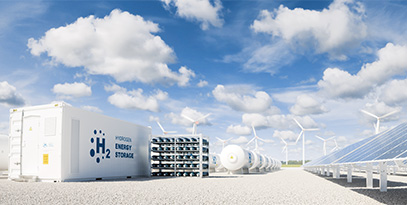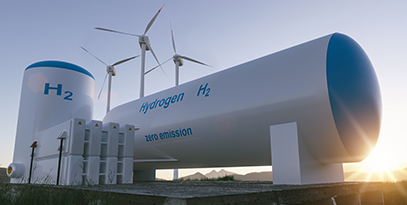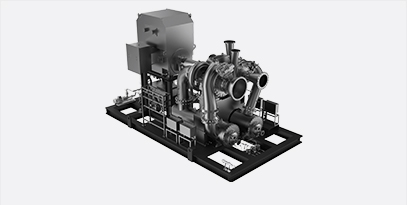Sustainable Synergy: Bridging the Gap With Hydrogen to Gas Turbine Technology

Following the hottest month ever recorded, August has delivered a host of high-impact weather events including continued heat waves, unprecedented wildfires, and disrupting floods. According to the World Meteorological Organization, this is our new normal. And while further research is needed to fully understand these extremes, industry experts agree that human-induced climate change is a large contributor to this crisis.
As these extreme weather patterns intensify and the global energy crisis continues, there is no better time to make bold moves towards implementing smart, practical decarbonization solutions that can transform traditionally carbon-heavy sectors. The global energy mix is still dominated by fossil fuels, favored for their ability to provide steady power in large quantities. Now, we need green energy technologies that can provide the same levels of power while adapting to the requirements of a more sustainable, future-friendly grid. Hydrogen is a hopeful contender, as it can be burned as a fuel with no carbon emissions. So, what if we could harness this plentiful resource to power our global energy needs?
Developments in renewable energy technology are placing us closer to living in this reality by advancing hydrogen’s applications in our existing energy infrastructure. With co-firing hydrogen to gas turbine technology, or H2GT, energy providers can now make use of the gas-fired power infrastructure we already have to deliver the more sustainable energy that we need. Read on to find out how this promising decarbonization solution is contributing to a shift in the energy landscape.
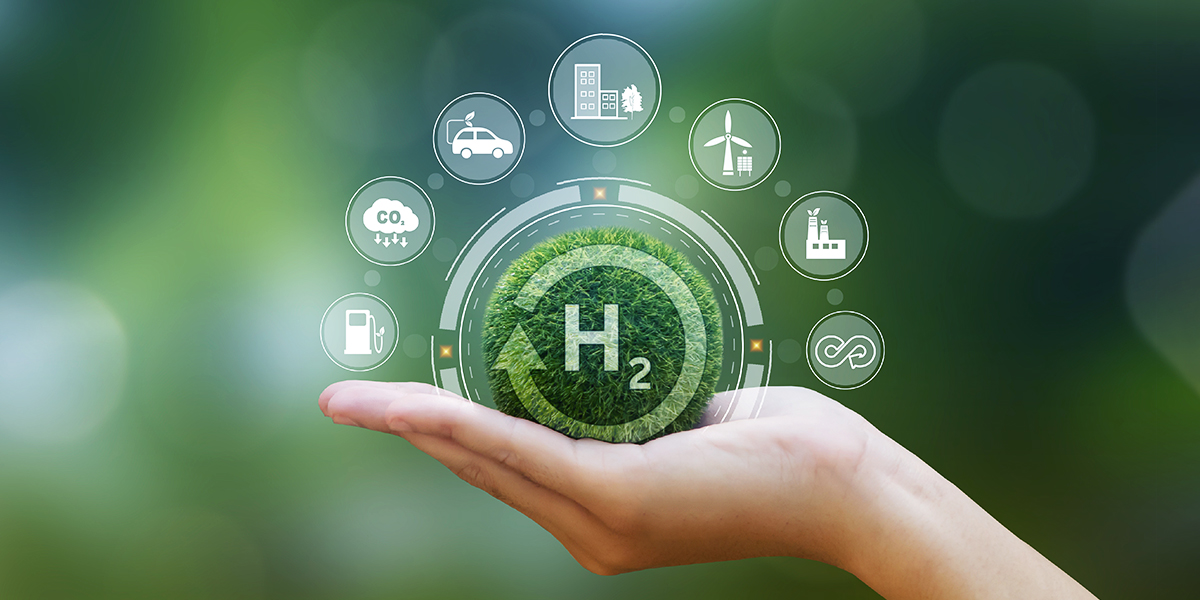
What Is Hydrogen to Gas Turbine Technology and How Does It Work?
H2GT involves performing a series of retrofits and upgrades on existing combustion gas turbines to transform them into co-firing systems that simultaneously burn natural gas and hydrogen. Boasting almost three times the energy content of gasoline, hydrogen has the highest energy per mass of any fuel. Furthermore, when hydrogen is burned in a gas turbine, it offers a power output that is the same, or even greater, than that generated by fossil fuels alone. But how does it work?
Traditional gas turbines consist of a compressor, a combustion system, and a turbine. The compressor’s main job is to draw in air, pressurize it, and feed it to the combustion chamber at high speeds. Once in the chamber, the combustion system, consisting of a ring of fuel injectors, releases a steady stream of fuel that mixes with the air and, as the name implies, combusts. The mixture is burned at more than 1,090 degrees Celsius (2,000 degrees Fahrenheit), which produces a pressurized, high-temperature gas stream. This gas then enters and expands through the turbine section, causing its aerofoil-section blades to spin, producing electricity. In a turbine retrofitted with H2GT, the fuel and combustion systems are modified to be compatible with hydrogen. This reduces the amount of natural gas needed to produce a pressurized gas during combustion, creating an energy generation system that is less carbon intensive.
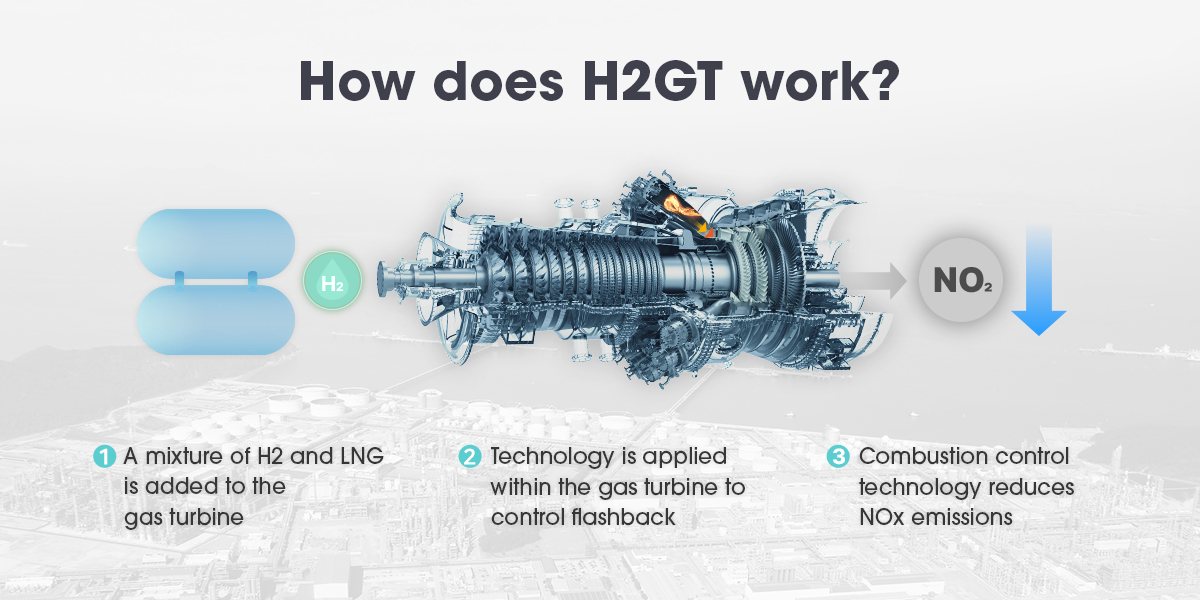
The process is not without challenges, one of which being there are significant differences in the way natural gas and hydrogen burn. Because hydrogen has faster kinetics and a higher flame speed than conventional fuels, it is more prone to flashback, which occurs when there is an imbalance between flame speed and fuel flow velocity. This disparity sends the flame back towards the direction of the combustion chamber, potentially causing substantial damage to hardware and destabilizing output. Therefore, changes must be made to gas-fired turbines’ fuel accessories and safety systems to ensure efficient and sound operations. One such intervention is Hanwha PSM’s FlameSheetTM, which significantly lowers the risk of flashback on retrofitted gas turbines, helping stabilize power generation.
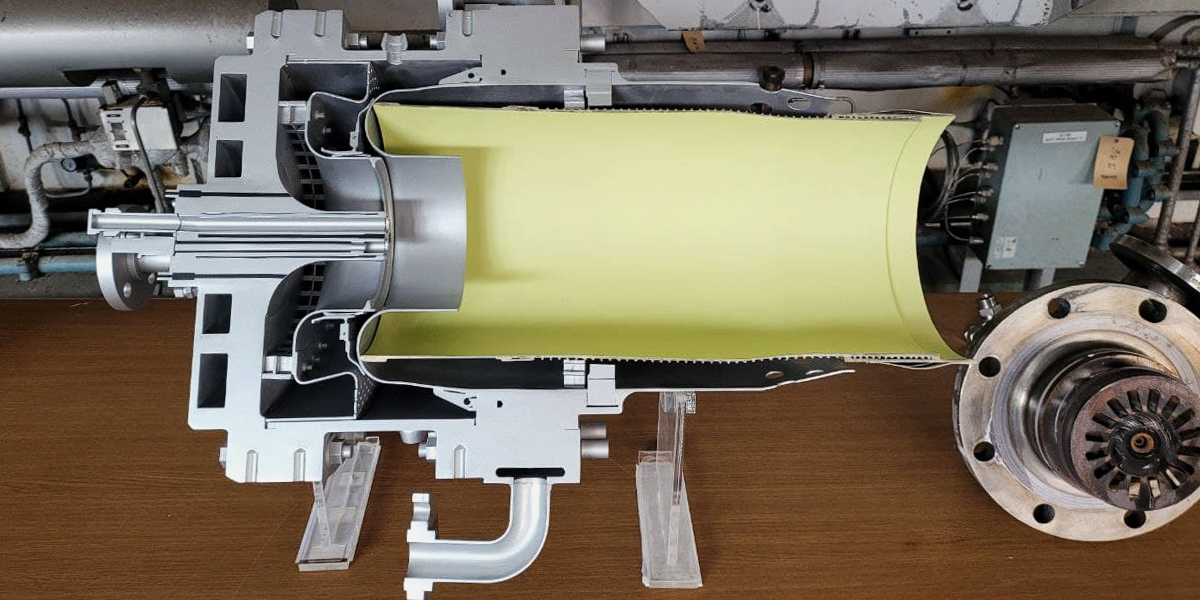
Dissection view model of the FlameSheetTM combustor, a key component in retrofitting gas turbines with H2GT technology
What Are the Benefits of H2GT?
Backed by Hanwha’s pioneering efforts in this space, advancements in H2GT are well underway. The company was recently the world’s first to demonstrate a hydrogen co-firing rate of 60 percent in an 80-megawatt-class gas turbine — the highest co-firing rate recorded on gas turbines with commercial capabilities. Hanwha reported a 22 percent decrease in CO2 emissions compared to LNG-fired turbines and recorded nitrogen oxide (NOx) emissions at 6 parts per million, a mere 30 percent of the acceptable limit according to European standards. Since a higher hydrogen co-firing rate means greater CO2 reductions, Hanwha continues to progress toward realizing a system that runs on 100 percent hydrogen.
In addition to its CO2 emissions reduction benefits, H2GT provides several positives for the future of the energy sector and society. Retrofitted power plants utilizing hydrogen can achieve a higher power output and improved efficiency compared to standard gas-fired systems. H2GT is also cost effective and helps stabilize the power grid during periods of high demand. Another benefit of H2GT is its ability to prevent stranded assets.
As the world moves closer to adopting a renewable energy grid, gas-fired power plants may fall into disuse. And while doing away with these power plants may seem positive for the future of the environment, it also means that half of the world’s fossil fuel assets could be worthless by 2036. A scenario of this magnitude would have major economic implications. To mitigate potentially global financial instability, future-focused solutions that make use of established systems are needed. H2GT stands in this gap. By retrofitting gas-powered infrastructure, Hanwha can give new life to aged systems, greatly extending their operational value, lessening the risk of stranded assets, and lowering emissions while meeting present and future energy needs.
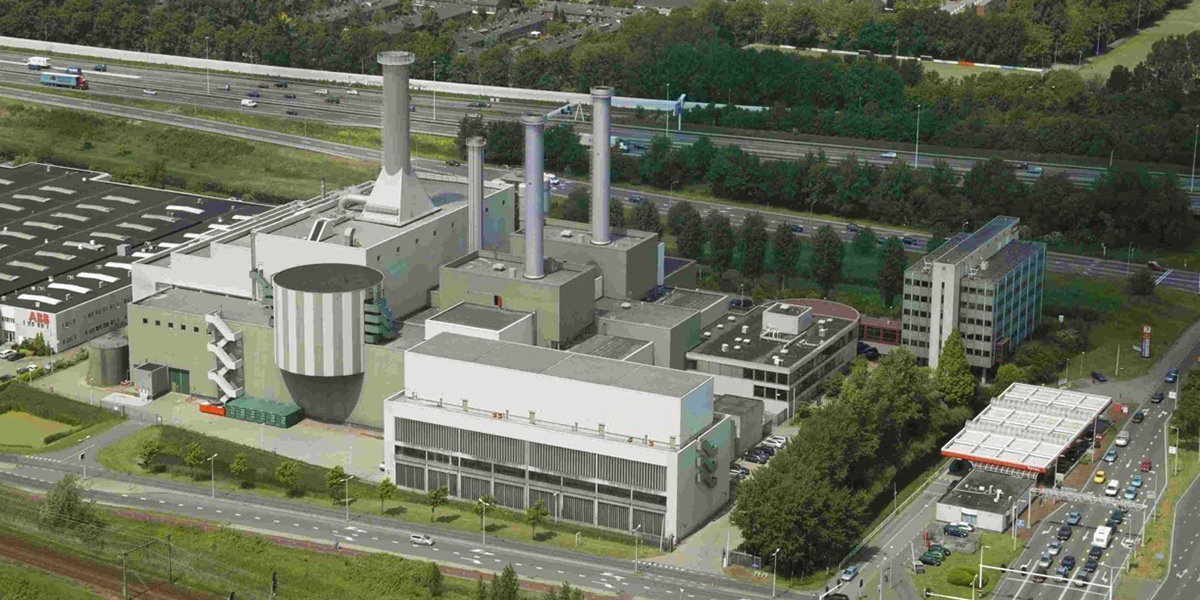
Hanwha is retrofitting Uniper’s gas turbine in Rotterdam with H2GT technology
This work is already being carried out through Hanwha Impact’s current large-scale H2GT projects. With its subsidiary Thomassen Energy, Hanwha is using its H2GT to retrofit a 123-megawatt-class gas turbine in Rotterdam run by German energy company Uniper into a mixed combustion system. This project will keep the site resilient throughout the green energy transition while helping to reduce environmental pollutants caused by CO2 and NOx emissions.
By effectively reducing greenhouse gases, H2GT acts as a meaningful step forward in building a completely carbon-free power generation structure. Yong Seon Song, Senior Vice President of Hanwha Power Systems, puts this key benefit in perspective, stating, “If all LNG gas turbines in South Korea alone are converted to 50 percent hydrogen mixed combustion turbines, it is possible to reduce greenhouse gas emissions by more than 16 million tons.” That’s the equivalent of keeping over 3.4 million passenger vehicles off the roads for a year. If this is the impact of H2GT in only one country, imagine the change we could see after a sweeping effort to retrofit gas-fired turbines throughout the globe. The widespread adoption of this technology could act as a catalyst for further change as we move towards a net-zero world.
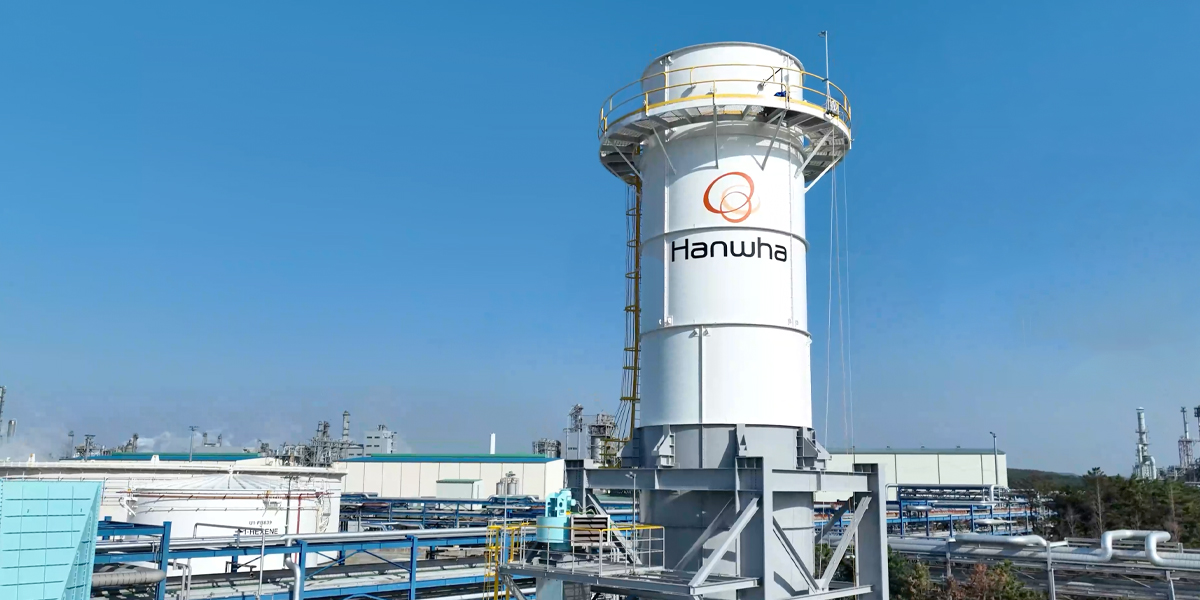
Hanwha’s Daesan plant, where Hanwha set a world record running an 80-MW gas turbine with 60 percent hydrogen
Unlocking the Potential of Clean Energy
The world currently stands at the precipice of a transformative era marked by massive shifts in the way we generate, store, and use energy. Successfully navigating these changes requires innovative energy solutions that can place us closer to achieving the future we envision. With the potential to create a cleaner, more sustainable energy landscape that benefits the environment, our economy, and our society, H2GT represents progress on this journey. In the coming years, Hanwha hopes to continue this progress by successfully demonstrating a 100 percent hydrogen co-firing rate and expanding its H2GT applications. In doing so, a new energy ecosystem free of stranded assets and harmful emissions could be within reach.


